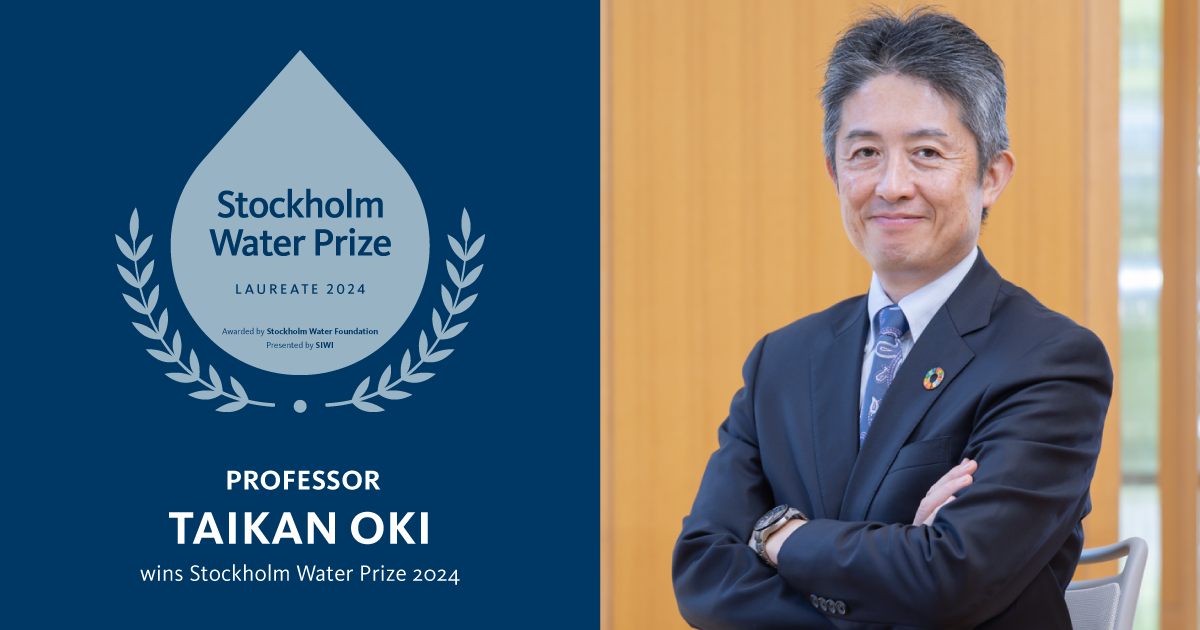Found in Philadelphia: 200-Year-Old Wooden Water Mains
In a city as old as Philadelphia, construction crews are bound to occasionally stumble on something of historical interest when they begin digging. Such was the case in early May when workers replacing a water line along the 900 block of Spruce Street encountered what appeared to be buried tree trunks.
An alert passerby realized the true significance of the find and alerted the Philadelphia Water Department (PWD). More than mere tree trunks, the unearthed obstructions were a vestige of advanced urban infrastructure from the early nineteenth-century. The objects were wooden water mains the city had installed more than 200 years ago as part of its fledgling distribution system.
Each of the five
or so sections of wooden main removed from the ground were approximately 1.8- to 3.6-m (6- to 12-ft) long with a diameter of 80 to 150 mm (3 to 6 in.) at an opening in their centers, said Adam Levine, a consultant for PWD. Each section featured a tapered end that was inserted into the larger, untapered end of the adjoining wooden pipe, and the two sections were held together in place by iron bands.
“It was a leaky system,” said Levine, who educates the public about the history of Philadelphia’s water and sewer systems.
As rudimentary as it may seem today, this system of pipes represented a remarkable feat of engineering and technological know-how. The wooden mains appear to have been installed around 1812, Levine said. He based this estimate on a November 5, 1812, report from Philadelphia’s Water Committee, the municipal entity responsible for constructing the city’s water system at the time. The report mentions laying pipe along Spruce Street within 9th and 10th streets between October 1811 and October 1812.
Philadelphia installed its first wooden mains around 1800. They were part of the city’s new water collection and distribution system designed by the architect Benjamin Latrobe, who also designed the U.S. Capitol. By 1812, the system consisted of two steam-powered pumping stations. One pumped water from the Schuylkill River to a conduit that delivered water to the center of the city. The other pumped water to the top of a building outfitted with a wooden reservoir, from which water entered the distribution system by gravity.
Hydrants located along the distribution system enabled people to obtain water for free if they were willing to carry it. Residents able to afford the annual $5 fee could have water piped directly into their homes. Although untreated, the river water delivered by the system of wooden mains was preferred to groundwater that the city’s residents had relied on despite the prevalence of underground storage of wastewater. Water deliveries also were used to supply firefighting and street cleaning, a practice thought to prevent yellow fever.
In 1819, Philadelphia began installing larger, more durable cast-iron pipe as part of its distribution system, though the city continued to install wooden mains until 1832. By then, Philadelphia had installed more than 73,500 m (241,000 ft) of wood pipes, Levine said. Although all wooden mains were removed from service by 1858, not all were taken out of the ground. In addition to the most recently recovered sections, other segments of wooden mains turned up during the 1970s and 1980s, Levine said.
Despite being more than 2 centuries old, the wooden mains unearthed in May were in generally decent shape, Levine said. “We found a couple of good sections and then one rotten section,” he said. “They don’t really look that old. They’re in very good condition considering their age.”
Fortunately for PWD, an arborist who had attended a previous talk by Levine on the history of Philadelphia’s water infrastructure happened to pass by the site of the excavation on Spruce Street as one of the wooden mains was removed from the ground. Aware of the possible historical value of the mains, the arborist contacted Levine. As a result, PWD retained the mains and plans to display some of them as part of its publicly accessible archives.
Related Areas
Latest News
Join or Renew Your WEF Membership Today
Connect with our community of water professionals who ensure that our local communities have access to clean water that protects public health. Explore our member benefits and find the membership type that’s right for you.


